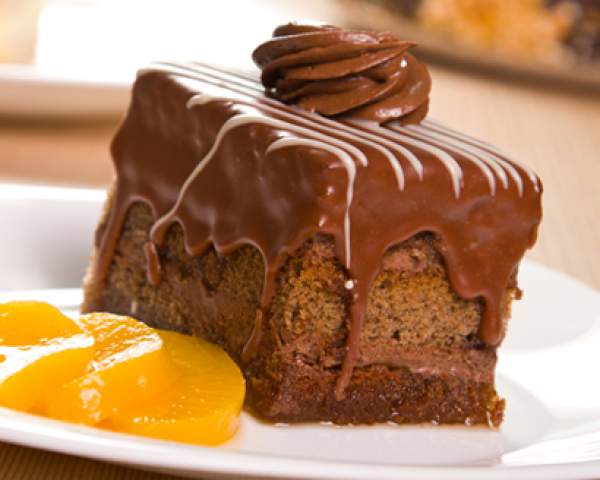

As an example, a coffee that was brewed two days after roasting will have significantly more crema in 60ml of a double shot than if that coffee was used two or three weeks after roasting. In addition, if you only measure your espresso shot by volume, it’s impossible to match up or stay consistent with your recipe as your coffee slowly off-gasses and has less crema. In other words, 60 ml of coffee will taste wildly different if it comes from 18 grams of grounds vs 24 grams of grounds. However, this type of measurement is not accurate when it comes to really understanding what is going on with the coffee in your cup, as it doesn’t take into account how much coffee, or grounds, is creating that shot, or shots. In the past, espresso was measured by volume, where a single shot of espresso was roughly 30 milliliters and a double shot was roughly twice this volume, or 60 milliliters. The video above is a detailed explanation by one of our favorites in the world of espresso, James Hoffman. This article will discuss brew ratios in general, and also how they relate to, and can be managed, with your Flair.

What is a double shot, and is it even relevant anymore? What is a ristretto shot or a lungo shot? And how do each of these impact my coffee’s taste? These questions all pertain to your brew ratio, or the amount of espresso that is yielded from your coffee grounds. In the world of espresso, understanding brew ratios can be difficult.


 0 kommentar(er)
0 kommentar(er)
